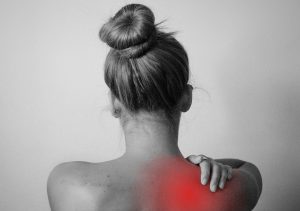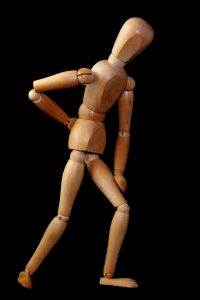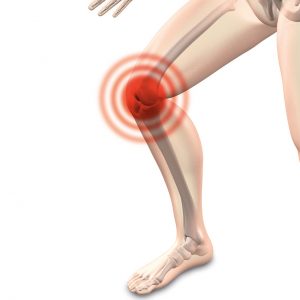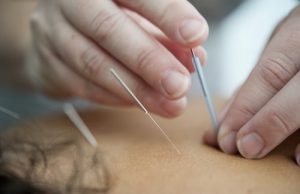2021 is definitely an interesting year to reflect on. The Covid-19 pandemic certainly creates a new and different challenge for physiotherapy. Let’s have a look at the most popular reasons why people came in for treatment at PhysioNow in 2021!

Reason #1: Neck & Back Pain
Neck and back pain are definitely the most common symptom that led people to PhysioNow in 2021. This was due to several different factors. The most important being that majority of office staff shifted to working from home. This means that they are working in home offices that are not always ergonomically correct. Additionally, most people who work from home end up spending more time sitting in front of their screens without getting up and moving around. As a result, stiffness in the back is produced and continues to progress and become painful.
Reason #2: Shoulder Pain
Shoulder pain is another popular reason for seeking out physiotherapy in 2021. The causes of shoulder pain are very similar to that of neck and back pain. However, shoulder pain was also commonly reported with doing more at home work outs as well. In fact, several patients reported that with the gyms being closed and not having access to weights, they ended up doing a lot of push-ups. This leads to their shoulders becoming suddenly painful from doing too much. Most shoulder pain is therefore related to postural stress or imbalances in the shoulder muscles that lead to pain and restricted function.
Reason #3: Wrist & Hand pain
Wrist and hand pain were another common complaint during 2021. Just like the previous types of pain, a lot of these symptoms are as a result of having to work from home using improper ergonomics. Not having ideal desk and chair setups, combined with number of hours spent on the computer, can result in problems with the wrists and hands. Majority of these types of pains are due to overuse, producing inflammation or increased demands on the joints and muscles of the wrists and hands.
Reason #4: Knee Pain
Knee pain is another common issue that had people seeking physiotherapy. A key factor for developing knee pain was again lack of activity during the pandemic. Many people also didn’t have access to gyms and there did not have their usual activities available to them. There are also people who injured their knees with increased activity or had falls, leading to sprains and strains.
Reason #5: Motor Vehicle Accidents
Injuries from motor vehicle accidents were also common during 2021. This is a little counter intuitive since a lot of people are working from home and therefore there should be less cars on the road. Some of the possible reasons for high rates of motor vehicle accidents continues to be distraction, high speeds and lack of patience.
Well there you have it! The top reasons why people came to PhysioNow through 2021. Although this list may seem unique to this year, it is actually quite similar what we see most years. What is important to note, however, is that despite all the challenges presented by the pandemic, physiotherapy continues to play an important role in the health and wellness of people.
Call PhysioNow today to book your appointment! Our amazing team will be happy to help you recover and get you strong for the upcoming year! We wish everyone a happy holiday season and a bright new year ahead!



 affects the use of your hand. It is caused by pressure on the median nerve in the carpal tunnel of the
affects the use of your hand. It is caused by pressure on the median nerve in the carpal tunnel of the 
 Physiotherapy for ankle sprains is an important part of recovery. There are many different types of
Physiotherapy for ankle sprains is an important part of recovery. There are many different types of  What causes knee pain?
What causes knee pain?
